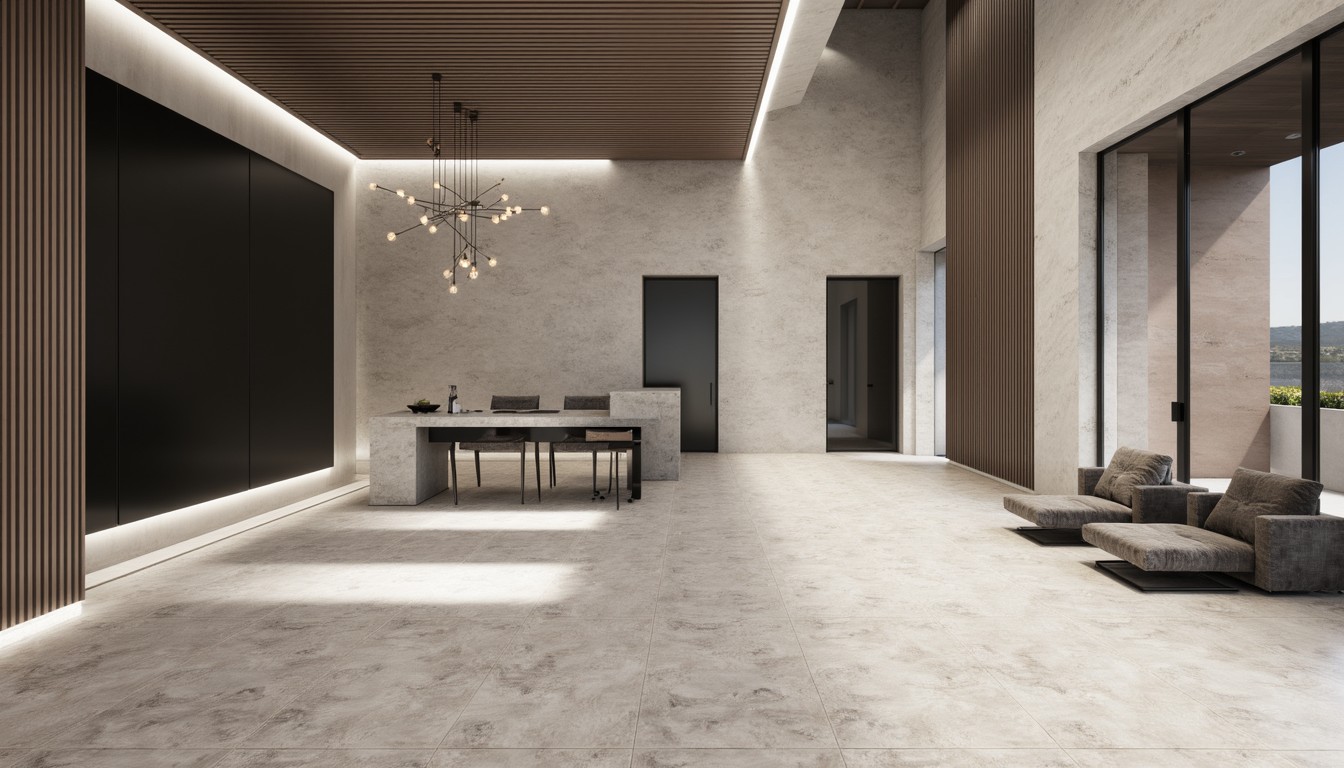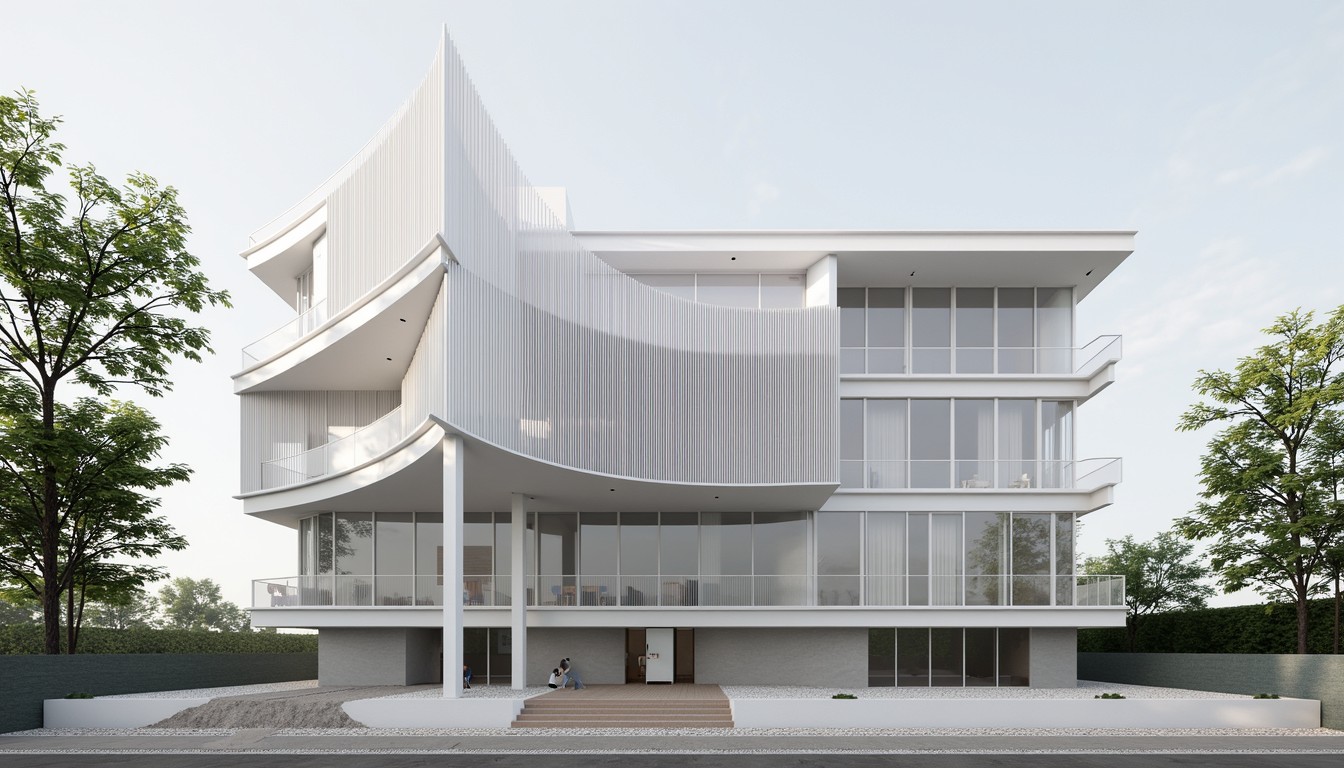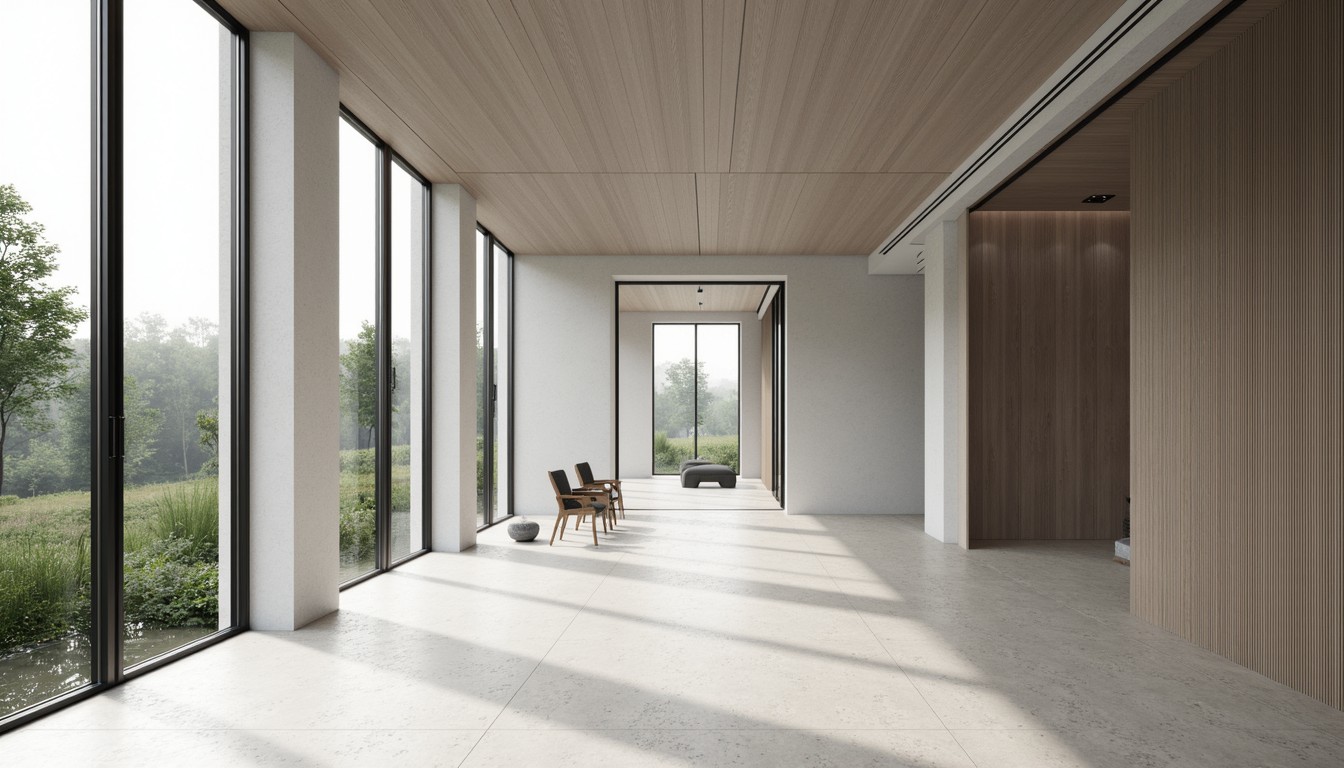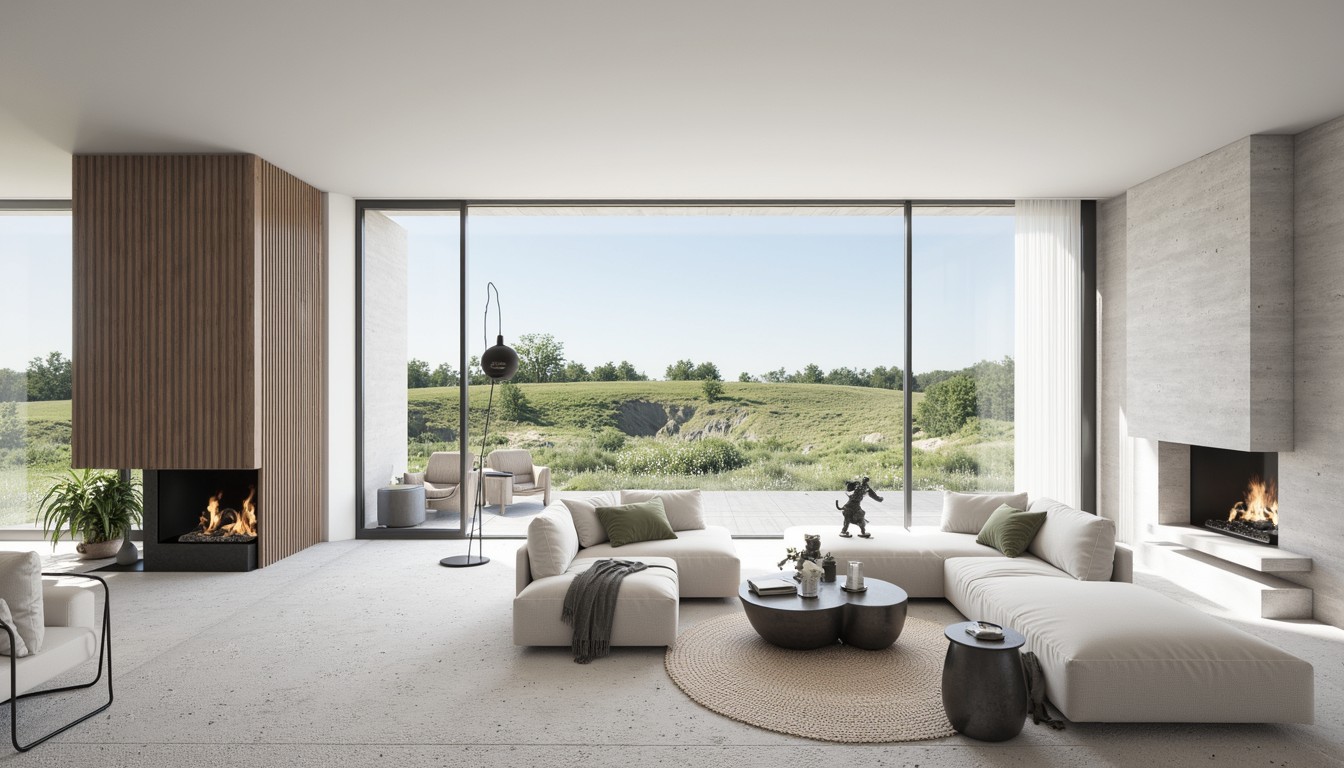3D Printing in Construction: Building the Future
The construction industry, traditionally slow to adopt new technologies, is undergoing a radical transformation thanks to the rise of 3D printing. This innovative technology is no longer a futuristic fantasy; it's rapidly becoming a practical and efficient method for building everything from small-scale components to entire structures. This article delves into the exciting world of 3D printing in construction, exploring its applications, advantages, challenges, and the future it promises.
The Rise of Additive Manufacturing in Construction

3D printing, or additive manufacturing, in construction involves layering materials—typically concrete, but also incorporating sustainable options like recycled materials and bio-concrete—to create three-dimensional objects. Unlike traditional construction methods that rely on subtractive processes (cutting and shaping existing materials), 3D printing builds up the structure layer by layer, minimizing waste and offering unprecedented design freedom.
Types of 3D Printing in Construction
- Concrete 3D Printing: This is the most prevalent method, using specialized robotic arms to extrude concrete through a nozzle, creating walls, floors, and other structural elements. Different concrete mixes can be used to achieve varying strengths and properties.
- Material Extrusion (FDM): Similar to desktop 3D printers, but on a much larger scale, this method uses a heated nozzle to melt and deposit thermoplastic materials, allowing for intricate designs and customization.
- Binder Jetting: This process uses a binder to selectively bond particles of a material (like sand or powdered concrete) together, layer by layer, forming the desired structure.
Advantages of 3D Printed Construction

The benefits of 3D printing in construction are numerous and compelling:
- Increased Speed and Efficiency: 3D printing significantly reduces construction time compared to traditional methods. This translates to faster project completion and lower labor costs.
- Reduced Waste: Additive manufacturing minimizes material waste by only using the necessary amount for each layer, promoting sustainability and reducing environmental impact.
- Cost Savings: While initial investment in 3D printing equipment can be substantial, long-term cost savings are often achieved through reduced labor, material waste, and faster project completion.
- Design Flexibility: 3D printing allows for complex and intricate designs that would be impossible or incredibly difficult to achieve using traditional methods. Architects can push creative boundaries and realize unique architectural visions.
- On-site Construction: Many 3D printing techniques can be deployed directly on the construction site, eliminating the need for prefabrication and transportation of large components.
- Improved Sustainability: The use of sustainable materials and the reduction of waste contribute to environmentally friendly construction practices.
Real-World Applications and Case Studies
3D printing is no longer a theoretical concept. Numerous successful projects demonstrate its practical applications:
- Residential Housing: Several companies are building entire houses using 3D printing, showcasing the technology's potential for affordable and sustainable housing solutions.
- Infrastructure Projects: From bridges to retaining walls, 3D printing is being employed to create durable and cost-effective infrastructure components.
- Architectural Masterpieces: Architects are using 3D printing to create intricate and visually stunning architectural features and installations.
- Disaster Relief: The rapid construction capabilities of 3D printing make it an ideal solution for providing temporary shelters and infrastructure in disaster-stricken areas.
Challenges and Future Trends

Despite the numerous advantages, challenges remain in the widespread adoption of 3D printing in construction:
- High Initial Investment: The cost of 3D printing equipment can be a barrier to entry for smaller construction companies.
- Material Limitations: While advancements are being made, the range of printable materials is still limited compared to traditional construction materials.
- Scalability and Standardization: Scaling up 3D printing operations to meet large-scale construction demands requires further development and standardization of processes.
- Regulation and Codes: Building codes and regulations need to adapt to the unique characteristics of 3D printed structures.
Future trends indicate a continued growth and refinement of 3D printing in construction. We can expect advancements in material science, software development, and automation to address the current challenges and unlock even greater potential.
ArchNav: Your Partner in Visualizing the Future of Construction
ArchNav specializes in creating high-quality architectural visualizations, helping clients envision and communicate their projects effectively. As 3D printing becomes increasingly prevalent, our expertise in visualizing complex designs and innovative construction techniques becomes even more critical. We use cutting-edge rendering and animation technology to help you showcase the potential of 3D printed structures, allowing stakeholders to fully understand and appreciate the unique possibilities this technology offers. Contact us today to discover how ArchNav can help you bring your vision to life.
